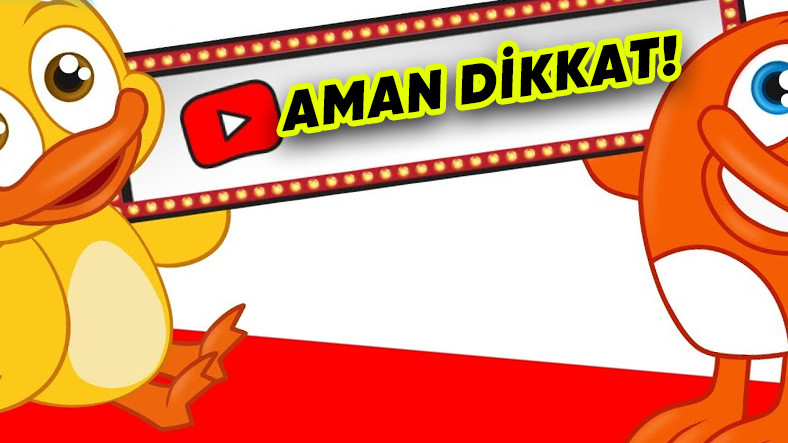Proximus recently launched Proximus+: a “super app” that ties together the telecom operator’s digital ecosystem. A low-code approach was chosen to develop the app.
Proximus+ has been available to the telecom operator’s customers since the beginning of April, but non-customers are also welcome. The application must be more than just that: Proximus describes Proximus+ as a “digital companion”. In addition to the services related to your telecom subscription, Proximus+ also includes many new applications that are relevant to the user’s daily life.
With Proximus+, Proximus has not only reinvented its digital services, but also itself. Tina Hernalsteen (Leader of the ecosystem tribe) and Georgi van Droogenbroeck (Consumer Strategy Innovation Manager) Tell ITdaily how the app was built using Mendix’s low-code platform.
In recent years, Proximus has developed an extensive digital ecosystem that goes beyond the boundaries of telecommunications. However, the digital offering consisted of separate applications. Proximus was still lacking a platform that would act as a binding agent between the individual components. Proximus+ fills this gap.
Hernalsteen explains: “Our overall strategy is to establish Proximus as a premium brand in the telecommunications sector, but also to offer customers more than just telecommunications.” Through Proximus+ we offer various services that enrich the daily lives of users. This is done on the basis of four domains: Telecommunications, Home, Mobility And neighborhoodWe were already active in these areas, but with separate applications. Now these services are accessible via one platform.”
Relevant for everyone
The Telco section contains the services that used to be found in the MyProximus app. Here, customers can monitor their data usage and bills and request help from an integrated chatbot. The Home menu contains, among other things, data for comparing and switching energy contracts, in the Neighbourhood you discover nice restaurants nearby and reserve your table immediately, Mobility helps you get to your destination and pay for tickets or parking.
The possibilities are still being expanded. For example, in a future release, Proximus wants to integrate functions from banking applications relating to budget analysis and cashbacks and enable real-time traffic monitoring. “We still have a solid roadmap ahead of us,” explains Hernalsteen.
The application is not exclusive to Proximus customers. A very conscious decision, Hernalsteen continues. “Opening the app to everyone gives us a new way to reach new customers without having to increase our marketing budget. The app accelerates the digital interaction between customers and the Proximus brand. There is always something fun and relevant for the user.”
Proximus+ must be relevant to the user’s daily life.
Tina Hernalsteen, Ecosystems Tribe Lead Proximus
Save with Low Code
The integration of applications also offers advantages for Proximus development teams. Hernalsteen: “All these separate applications had to be built first and then maintained. Integrating all elements into one platform leads to a significant cost reduction.”
Choosing Mendix’s low-code development platform enabled Proximus to achieve additional cost savings. “We conducted a preliminary study that showed that low-code not only offers faster time to market, but is also twenty to thirty percent cheaper than high-code. Since we want to integrate services from partners, the platform needs to be flexible and agile. These factors made Mendix a good fit for us.”
Mendix’s low-code approach makes sense for Proximus, says Hernalsteen. “We first carried out a proof of concept within an industry. This project was successful, so now new services are gradually being developed in low-code and old services are being transferred. The basic components are used to use low-code more widely. To promote expertise and tool integration, a special cross-functional team has been put together, in which Mendix itself is very actively involved. We have a direct line to their R&D team.”
Low-code when possible, high-code when necessary
Van Droogenbroeck was also quickly convinced by low-code. “Mendix’s visual platform is very accessible for company profiles with less knowledge of software development. They shouldn’t be staring at a screen full of lines of code. The whole team can now sit together on the code. It’s so visual that everyone can understand it.”
Low-code has laid the foundation for further expansion of the Proximus+ offering. “The basis of the design system is low-code. If we can create custom components, we can go our own way and integrating partner APIs into Mendix is very easy. At the same time, high-code development remains possible if necessary. In this respect, we are not in a situation we cannot get out of. “We can play with the roles ourselves,” concludes Van Droogenbroeck.
Low-code is more accessible to people with less programming knowledge because you don’t have to stare at a screen full of lines of code.
Georgi van Droogenbroeck, Consumer Strategy Innovation Manager Proximus
This editorial was created in collaboration with Mendix. You can find more information about the company’s solutions here.














